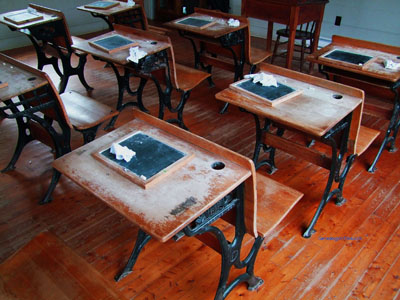What You Need to Know:
• Wills are a large and complicated area. However, in general, they can provide a wealth of genealogy information. A typical will lists (at a minimum) the full name of the deceased, alternate names that may have been used by the deceased, address, a listing of all property owned, next of kin and the executor of the estate.
• A central register of wills was created started in 1858 called the Calendar of Grants of Probate for all wills probated through the courts.
In 1858, the minimum age for making a will was raised to 21 years old from 14 years old for males and 12 years old for females.
• The dates in older wills (before 1837) are often stated in regnal years, such as “the 23rd day of September in the 5th year of the reign of our Gracious Queen Anne”. A regnal year as the example shows marks time by when a particular monarch assumed the throne. To figure out the calendar year, simply consult an online source to determine when a particular monarch began their reign.
• You can search through the National Probate Calendar at Ancestry. This is essentially an index of wills held from 1858 onwards. Access is by subscription. [National Probate Calendar] If you find your ancestor in the index, you can then order the probate record through the courts. [How to Order an English Probate Record]
What You Need to Know:
• The net effect of the government’s action was to increase the accountability of schools. All schools that received grants from the government (which was vast majority of schools) had to start keeping proper registrars of their students. This included the names of the children, dates of birth and the parent’s address. Many of these historic school registers are kept at local libraries.
• Many schools also started to keep school log books that listed the curriculum taught by the teacher and day-to-day events such as absences, marks and sometimes punishments given to misbehaving students. These books can be a gold mine of information if the school logs survived. The best place to check is the local public libraries. Schools in existence for a very long time often keep their historic registers on site.
• If you walk the neighbourhood of your ancestors, you can usually tell the age of the schools in the region because the building date is often carved over the main entrance to the school.
• Very few historic primary and secondary school registers have been published on the internet (most online educational records are alumni records from universities).
• The challenge for genealogists trying to track down school records is trying to determine which school your ancestors attended. There is, unfortunately, no easy way to determine this. In rural areas there was likely only one school within walking distance of the child’s home. In towns and cities there might be several potential schools within walking distance.
• Don’t assume that just because your ancestors were Anglican that they sent their children to the nearest Anglican school. A common complaint in the late 1800s is that Protestants sent their children to Catholic schools because they were cheaper.


